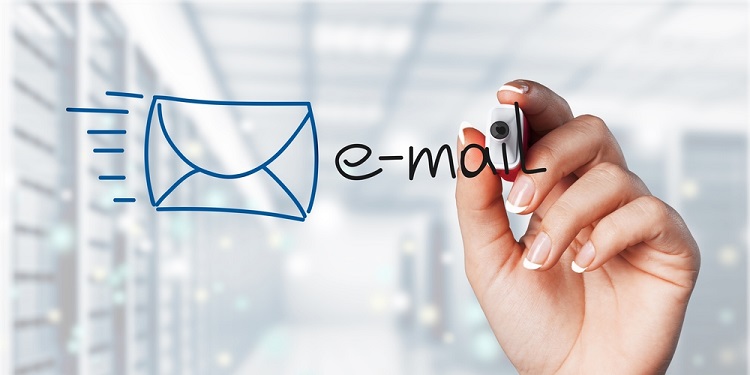To write effective emails, you first must understand how most people read email.
Email is such a constant, innate part of every moment of every business day that its difficult to clearly think about the process we actual go through in reading emails.
The payoff is clear. Every day, millions of sales people write emails to customers and potential customers, hoping to motivate a response or action in the reader. Billions of dollars in sales are closed based on information exchanged in emails.
Not to mention the millions of marketing emails sent each day by businesses. To write effective emails gives you the power to impact your business, your market and your community.
How do we read emails?
First, most emails are scanned and never read.
We’re all in a love-hate relationship with our inbox. We check it all the time, looking for new of big deals or resolution of customer issues, etc. And we fight with our inbox to avoid letting it dominate our schedule and eat away at our productivity.
So, most harried business executives look at their inbox as a pile of straw in which may lay one or two gems. Our job is to quickly remove the straw so that we can enjoy the gems.
We handle this “straw removal” task by scanning. Typically, managers and executives scan their inbox in this order:
- From Address – if you recognize the sender, you may open it.
- Subject Line – if you don’t recognize the send but, the subject line sounds interesting, you may open it.
- Delete the rest.
That’s right. If the reader doesn’t recognize the email address that sent the email and the subject line is not interesting, the email is never even read.
In my case, I do this quickly in Gmail on my iphone. Gmail makes it super 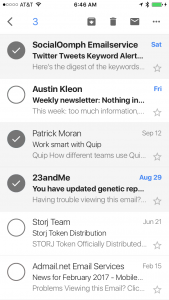 easy and fast. One click on each email in the inbox that I don’t plan to open, then delete and now the spam is gone and I can focus on the emails that I care about.
easy and fast. One click on each email in the inbox that I don’t plan to open, then delete and now the spam is gone and I can focus on the emails that I care about.
So, for marketing emails, where its highly likely that the recipient will not recognize the sender, the subject line is crucial. It’s got to get the attention of the targeted prospect or customer.
Your subject line should highlight common challenges, obstacles, opportunities or questions that will be on the mind of customers you wish to read your email.
-
- “Struggling with _______?”
-
- “Is ________ costing you money/hurting profits/reducing productivity?”
- “Planning to purchase/build ________?”
Highlighting common questions of buyers in your market can also be a great approach to writing effective email subject lines.
-
- “3 Reasons Your Paying Too Much for ________”
- “Where Good Employees Are Hiding”
Second, most emails are scanned and never read.
Once your subject line has gotten the attention of your target prospect or customer, do not make the mistake of assuming that you have their full and undivided attention for the next 10 minutes. You’ve go about ¼ of a second to get their attention and keep it.
Think of it like your experience buying coffee or tea at the grocery store. You look at a group of 20 or more potential choices at once and your eye is drawn to one or two. The other 18 are forgotten forever.
That’s how readers look at your email. So, you’ve got to get their attention instantaneously with a great headline or graphic.
Most common mistakes when trying to write effective emails
Too much information – clear, precise and thorough do not equal effective. Keep it as short as possible.
Paragraphs instead of headlines – ensure that in that ¼ second first scan, the reader knows what the payoff of investing a few more seconds in reading a sentence or two will be.
Don’t misconstrue this to say that you’ve got to invest hundreds of dollars in designing a beautiful email. Pure text emails can be the most effective in many cases. If you’re objectives are things like B2B lead nurturing or lead generation, making the email appear to have been written personally by the salesperson can be the best approach.
Write Effective Emails – Examples
The folks at Smart Insights have a great post with lots of examples for various purposes like webinars, demos, etc. Here are some very simple examples: 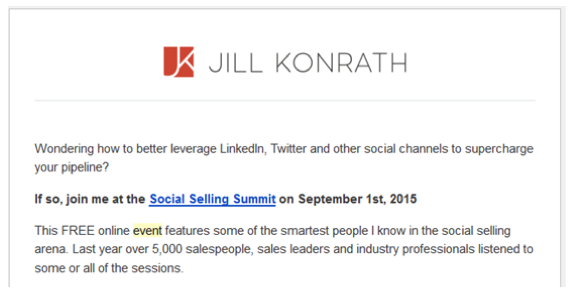
This invitation is short and to the point, simple in design and starts with a great headline that focuses attention on how the reader will benefit.
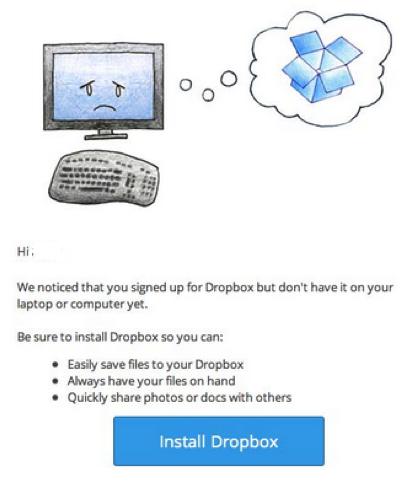
This email from Dropbox is a bit more fun and has better graphics but, it’s still super simple. Anyone can write effective emails like this. Just grab a similar image from a photo download site for a couple of dollars and create something similar. Also, the button highlights the Call to Action well.
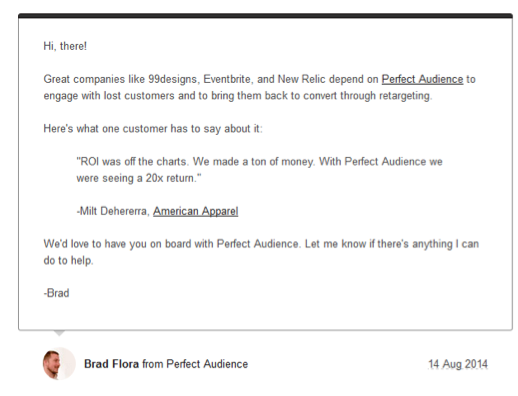
Last but not least, pure text, straight up here’s what we do and how we help. The key here is the customer quote. The indention ensures that the reader’s eye will go there first.
Third, what do you want me to do?
To write effective emails is to compel action in the reader. Email marketers and sales people alike are commonly guilty of forgetting or under-emphasizing the “Call to Action” in their emails. Sales people especially will end their email with a wordy sentence like “If you’d like to learn more about how our solution can help you, please reply to this email and suggest a good time for me to call you.”
Ugh! First, that’s not going to get read by many recipients. Second, if it is read, the reader hears this “I want to get you on the phone so I can pitch you my product. When can I call you?” Not very compelling.
It’s OK to ask for an appointment in an email but, if that’s your call to action, then the subject and email need to make it clear how the prospect will benefit. “In 10 minutes or less, we can identify at least 2 ways you’ll cut delivery times in half.”
Buttons are great for calls to action that are less of a commitment like reading an article, downloading a whitepaper, etc. People like to watch video so, if you have good video content, put a thumbnail image of the video in the email so they know that if they click, they’ll get to watch the video.
But never forget the call to action has to be compelling. The reader is asking “If I click, what will I get in return for my investment of 30 seconds on your website?” Make it clear to them…
- “Learn Simple Tricks to ____”
- “Increase ROI in 3 Easy Steps”
Click here to see how many emails you can send.

